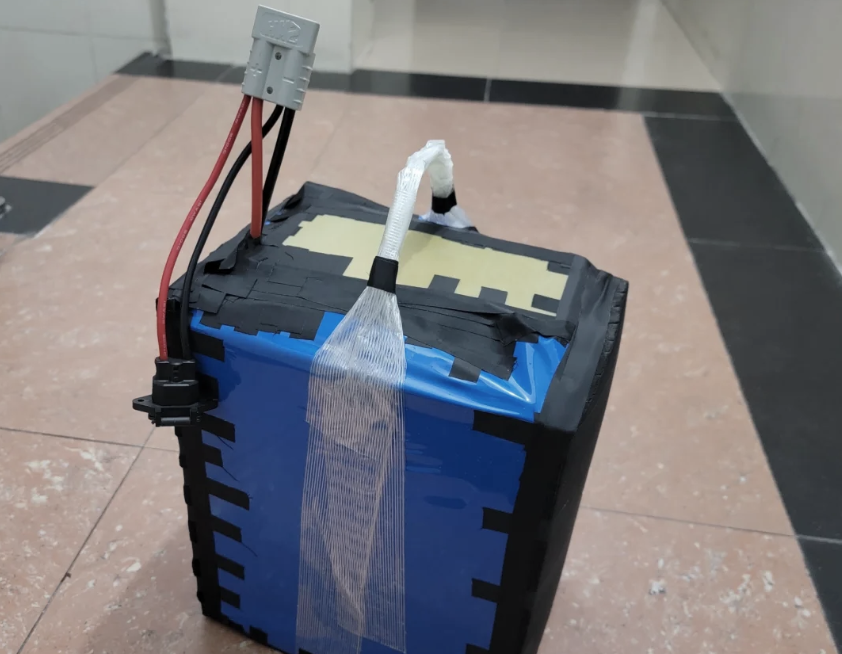The ternary lithium battery has a relatively balanced capacity and safety, and is a battery with excellent comprehensive performance. The main functions and advantages and disadvantages of the three metal elements are as follows:
Co3+: Reduce the cationic mixed placeholding, stabilize the layered structure of the material, reduce the impedance value, improve conductivity, and improve cycling and rate performance.
Ni2+: It can increase the capacity of the material (improve the volume energy density of the material). Due to the similar radius of Li and Ni, too much Ni will also cause lithium-nickel mixed discharge due to dislocation with Li. The greater the nickel ion concentration in the lithium layer, the more difficult it is to deintercalate lithium in the layered structure, resulting in poor electrochemical performance.
Mn4+: Not only can it reduce material costs, but it can also improve the safety and stability of the material. However, excessive Mn content will easily appear spinel phase and destroy the layered structure, reducing the capacity and cyclic attenuation.
 High energy density is the biggest advantage of ternary lithium batteries, and the voltage platform is an important indicator of battery energy density, which determines the basic efficiency and cost of the battery. The higher the voltage platform, the larger the specific capacity, so the battery with the same volume, weight, or even the same ampere time, the longer the battery life of the ternary lithium batteries with higher voltage platforms. The discharge voltage platform of the monomer ternary lithium battery is as high as 3.7V, lithium iron phosphate is 3.2V, while lithium titanate is only 2.3V. Therefore, from the perspective of energy density, ternary lithium batteries have absolute advantages over lithium iron phosphate, lithium manganate or lithium titanate.
High energy density is the biggest advantage of ternary lithium batteries, and the voltage platform is an important indicator of battery energy density, which determines the basic efficiency and cost of the battery. The higher the voltage platform, the larger the specific capacity, so the battery with the same volume, weight, or even the same ampere time, the longer the battery life of the ternary lithium batteries with higher voltage platforms. The discharge voltage platform of the monomer ternary lithium battery is as high as 3.7V, lithium iron phosphate is 3.2V, while lithium titanate is only 2.3V. Therefore, from the perspective of energy density, ternary lithium batteries have absolute advantages over lithium iron phosphate, lithium manganate or lithium titanate.
Poor safety and short cycle life are the main shortcomings of ternary lithium batteries, especially safety performance, which are a major factor that has always restricted their large-scale assembly and large-scale integrated applications. A large number of actual tests have shown that ternary batteries with larger capacity are difficult to pass safety tests such as needle puncture and overcharge, which is also the reason why more manganese elements are generally introduced in large-capacity batteries, and even mixed lithium manganate are used together.
